Who is Winning the Culture War?
A Presidentially-enforced "Golden Age in Arts and Culture"? Hard pass. Andy Warhol and Kendrick Lamar show us how it's done.
I visited the John F. Kennedy Center for Performing Arts for the first time when I was ten. My parents took me and my brother to see Annie, and I don’t recall much except standing outside on the balcony overlooking the Potomac River watching airplanes take off nearby. The only work of art I remember is an eight foot tall bronze bust of President John F. Kennedy, rendered realistically but with the texture of lumpy mashed potatoes by American sculptor Robert Berks. No shade on the Kennedy Center, but it was hardly a bastion of avant-garde art or outside the mainstream.
This makes it all the more shocking that our current president has announced a hostile takeover of the Kennedy Center. Although he should be busy enough, you know, governing and playing golf, Trump has officially fired several Kennedy Center board members and named himself chairman. The real question is why he would want to add this job to his resume, but I think it comes down to two things: the power that the arts, specifically the Kennedy Center, hold for Americans, and a deliberate personal ignorance and distrust toward artists documented since the early 1980s.
He wants to own “the culture” because he does not like to be mocked or confused; this is something that great artists simply excel at, exemplified by Kendrick Lamar’s Super Bowl Halftime extravaganza. More on that later.
Fascists in general, conservatives of all kinds are hostile towards the subversive and nuanced messages that art and culture have always presented. They find it a threat - and they should. We ask difficult questions, we challenge the status quo, we satirize, we elevate the underrepresented. None of this is new, but I want to unpack a fun and spicy nugget of recent art history. It offers clear documentation that taste cannot be purchased, and that purposefully having bad taste is an attempt at flexing on a culture that does not - and should not - respect mediocrity.
Back to the Kennedy Center and its new board chair.
We cannot deny that the Kennedy Center has a significant impact on American public cultural values. It is home to the National Symphony and Washington Opera, and plays host to touring Broadway shows, dance, jazz, blues, and pop concerts. Architecturally, it is a national monument in that old school white marble classical style that DT has deemed acceptable.
Since its inception, its “soft power” has been an effective diplomatic tool, with its hosting the Bolshoi Ballet and the Ballet Nacional de Cuba to the USA for the first time at the height of the Cold War a solid example.
During Trump’s first term he was the only president to skip the Kennedy Center’s annual gala after certain performing artists protested his administration and threatened to boycott Kennedy Center events at the White House.
So it’s personal. Now that he is back, he is getting revenge because he never felt welcome in this space. Rather than changing himself, he will impose his will on everyone else.
Last week, in a Truth Social post, Trump wrote he was immediately terminating "multiple individuals" from the center's Board of Trustees "who do not share our vision for a Golden Age in Arts and Culture." He said he would announce a new board soon, "with an amazing Chairman, DONALD J. TRUMP!" He also called out the center's programming for including (gasp) Drag Shows, as if being pretty and collecting dolla billz at brunch were a subversive act.
"Just last year, the Kennedy Center featured Drag Shows specifically targeting our youth — THIS WILL STOP,” he tweeted. Or truthed. Or whatever. “The Kennedy Center is an American Jewel, and must reflect the brightest STARS on its stage from all across our Nation. For the Kennedy Center, THE BEST IS YET TO COME!"
Lordy. This man does not understand art at all, although playing a businessman on television should have given him some prior knowledge. Acting is an art, right? The reality is - he wants to own the culture, so that no one can criticize him or make him feel inferior. He has zero respect for originality, aesthetics, or nuance, but power? This matters. As I mentioned before, the ability of art to create a lasting legacy is a superpower, but our current president disdains and fears artists.
It’s been documented that Trump has a fake Degas hanging in his private jet, and shows it off pretending it is real, although the actual painting, called “Two Sisters (On the Terrace),” hangs at the Art Institute of Chicago.
During his first term in office, at the White House he prominently displayed “The Republican Club,” as it’s known, by Andy Thomas, a $1700 print featuring presidents Abraham Lincoln, Teddy Roosevelt, Dwight Eisenhower, Richard Nixon, Gerald Ford, Ronald Reagan, and both Bushes around a table, laughing. It’s a riff on the classic kitsch ‘Dogs playing Poker’ featuring a fit, grinning Donald Trump at the center, drinking a Diet Coke while the adults have booze. Just for context, previous presidents have taken art on loan from the National Gallery of Art to hang at the White House.
Let’s go back further though for more insight, to the early 1980s when Trump was simply a New York-based real estate developer, to Andy Warhol’s diaries for the ultimate diss track.
The first mention of meeting Trump and first wife, Ivana, was from February 22, 1981, when they all attended the birthday party for Roy Cohn. Two months later, on April 24, 1981, Trump visited Warhol’s Factory. They had a business meeting arranged by Marc Balet, the art director of Interview Magazine for eleven years.
“Had to meet Donald Trump at the office (cab $5.50),” Warhol wrote on April 24, 1981. “Marc Balet had set up this meeting. I keep forgetting that Marc gave up architecture to become an art director, but he still builds models at home, he told me. He’s designing a catalogue for all the stores in the atrium at the Trump Tower and he told Donald Trump that I should do a portrait of the building that would hang over the entrance to the residential part. […] It was so strange, these people are so rich. They talked about buying a building yesterday for $500 million or something. […] He’s a butch guy. Nothing was settled, but I’m going to do some paintings anyway, and show them to them.”
A few weeks later, Warhol met Balet at Trump Tower, then under construction. He made line drawings based on Makos’ photos of the architectural models of the building to create a series of portraits of the tower-to-be, silk screening them in layers of black, silver, gold, and glittering diamond dust.
The commission had not been officially negotiated, but he was confident that the series would be perfect. Balet decided to use one of the images for the cover of the catalog he was designing and both expected the Trumps would purchase the iconic paintings of their new skyscraper.
However, when Donald and Ivanka returned to the Factory on August 5, Warhol was unpleasantly surprised.
“The Trumps came down. […],” he wrote. “I showed them the paintings of the Trump Tower that I’d done. I don’t know why I did so many, I did eight. In black and grey and silver which I thought would be so chic for the lobby. But it was a mistake to do so many, I think it confused them. Mr. Trump was very upset that it wasn’t color-coordinated. They have Angelo Donghia doing the decorating so they’re going to come down with swatches of material so I can do the paintings to match the pinks and oranges. I think Trump’s sort of cheap, though, I get that feeling. And Marc Balet who set up the whole thing was sort of shocked.”
The commission failed because they wanted something to match the couch? The Trumps never purchased a single one of Warhol’s diamond dust depictions of Trump Tower; Warhol remained bitter and disappointed about the failed commission.
We can argue that all art is subjective and not everyone loves a Warhol. However, you can’t argue with the market value, which, had the Trumps made the investment, would have cost them $100,000 for a set of four paintings. In 2024, just one of the “Trump Tower” pieces from his “New York Skyscrapers” series sold at auction for $952,500, a forty-fold return on investment. So not only did Trump miss out on a commissioned piece literally about him by one of the most important artists of the modern era, he made a very poor investment choice.
Perhaps this is nothing compared to the recent income generated by shorting the crypto market by releasing a meme coin on Inauguration day, but these Warhol pieces are going to outlast all of us and their commentary on the commodification of the American Dream, a love/ hate relationship with wealth and excess, has become more relevant today than ever before.
This all may seem obvious, given the man’s recent hawking of “Trump Bibles” and Gold Sneakers, but it speaks to a larger pattern of disrespect and distrust for art and artists. This behavior speaks to character and weakness, and it’s worth remembering this has been consistent over the past fifty years. While it has successfully propelled him to the top position in American politics, the behavioral patterns remain. Instead of working to fulfill promises to those who supported him and investing in historic opportunities to improve the everyday lives of the governed, he continues to grift and boast, focusing on grievances and complaints of unfair treatment, and targeting the system of checks and balances that held him accountable.
One last petty Warhol comment before we head into Kendrick Lamar’s brilliant political critique embedded in the Super Bowl Halftime Show.
In a diary entry from May 2, 1984, Warhol wrote, after driving by a different Trump skyscraper, “And I just hate the Trumps because they never bought my Trump Tower portraits. And I also hate them because the cabs on the upper level of their ugly Hyatt Hotel just back up traffic so badly around Grand Central now and it takes me so long to get home.”
Warhol was frustrated because he had committed himself earnestly to this creative endeavor, but the Trumps were unable to appreciate it. They did not attempt to understand the motivations of the artist, even when his vision was focused completely on them. This is a critical weakness, an insecurity, and I fear that the arts of all kinds will be punished for this lack of understanding, at least through federal mandates and funding cuts.
However, the good news is - the artists will continue to make art no matter what and this kind of creativity and innovation will still flourish without federal dollars or even a functioning Kennedy Center.
The power of art and artists will continue to grow, honed by opposition of all kinds, offering a sharper critique than ever before and appealing to mass audiences. My case in point is last night’s Super Bowl Halftime show, which the president claimed to have not watched, despite being there in person. We know he watched it. We know he squirmed uncomfortably, perhaps not quite getting the message, but receiving it just the same.
The ability of artists to speak truth to power, to use their talent, confidence, and integrity to entertain and educate us is everything.
Check online if you don’t understand this. It doesn’t matter if you loved it or hated it: Kendrick Lamar is EVERYWHERE, managing to do the one thing that Trump has done successfully every single day since he was elected: own the internet. Lamar has successfully unseated the top tweeter in chief, and even just for one day is a huge success. He has shown us how it is done!
I am still tingling with the energy that comes from a transcendent art experience. And it’s not just because Lamar is arguably the best hiphop artist of our time, the 2018 Pulitzer Prize winner for music, the first non-classical or jazz artist to win.
It’s not just the talent, the costumes, the thrill of the performance: it was his willingness to make a bold statement within these backwards-looking political times. Lamar’s performance was an unequivocal testament that Black culture in America is eternal, the very week after our president has announced a vague edict to delete Black history and all DEI policies from history.
According to Yesha Callahan, posting today from BET: “America has a long history of trying to erase Black contributions while simultaneously capitalizing on them. It whitewashes textbooks, defunds diversity initiatives, and shifts policies to limit opportunities for Black communities, all while profiting from Black culture at every turn. But what those in power fail to realize—what they have always failed to realize—is that we are unerasable. Black people are America. We are the foundation, the culture, the heartbeat, and the soul of this nation. And no performance in recent history made that clearer than Kendrick Lamar’s electrifying halftime show at Super Bowl LIX.”
More from Callahan today: “Kendrick Lamar has never been one to shy away from confronting uncomfortable truths about race, power, and identity in America. His lyrics often serve as a mirror, forcing listeners to see the country for what it is—not the sanitized, revisionist version often presented in history books, but the raw, unfiltered reality of Black life in America. The Super Bowl, often regarded as one of the most commercially driven and politically neutral stages in entertainment, was about to become the setting for a cultural reckoning. Lamar took full advantage of the platform, delivering a halftime show that was not just a performance, but a declaration.”
Last night was an incredible reminder in bold red, white, and blue of the role of music and creative excellence in the formation of historical movements and the ability of the artist to speak truth to power. In the end, “Not Like Us,” a song written originally about a personal beef with another rapper became an anthem for truth, integrity, authenticity, and the historic role of Black artists in shaping America.
And Samuel L. Jackson dressed as Uncle Sam criticizing Lamar for being who he is? Chef’s kiss for personification of a nation that loves Black culture while fearing Black people. Literally, AT THE SUPER BOWL in front of 100 million viewers, where the NFL, bowing to political pressure, removed the phrase “End Racism” from the LIX end zones and replaced it with “Choose Love.” The best line? When Jackson said, “Y’all love us when it’s profitable, huh?” and winked. This was a real statement and it will have staying power.
I am not going to pretend that these next few years are going to be good. But, they will continue to reveal who we are, both best and worst, as a nation.
We will all pay a price for it, and we know that some will pay a lot more than others. We will all spend the rest of our lives attempting to fix all of the damage being done right now for the next generations.
Although things feel dire, as artists and creative people, we do not have to ask permission to respond to the troubled times we are living in.
Great art will not be erased. It has the power to speak to the masses directly and communicate the truth. Our president wants to control the culture, own it, and dumb it down to make it comfortable for him. However, just looking through history offers proof that this goal is a waste of time. Artists need to continue to do what they do, focus on longer term goals, and create work so compelling that they cannot be ignored. We have a role to play and it’s important to know what we are up against.

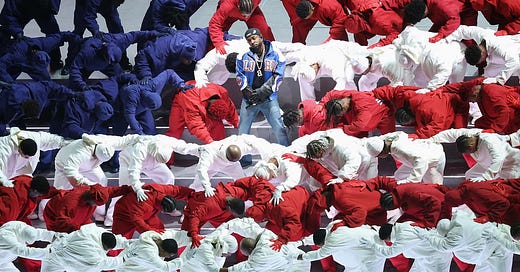



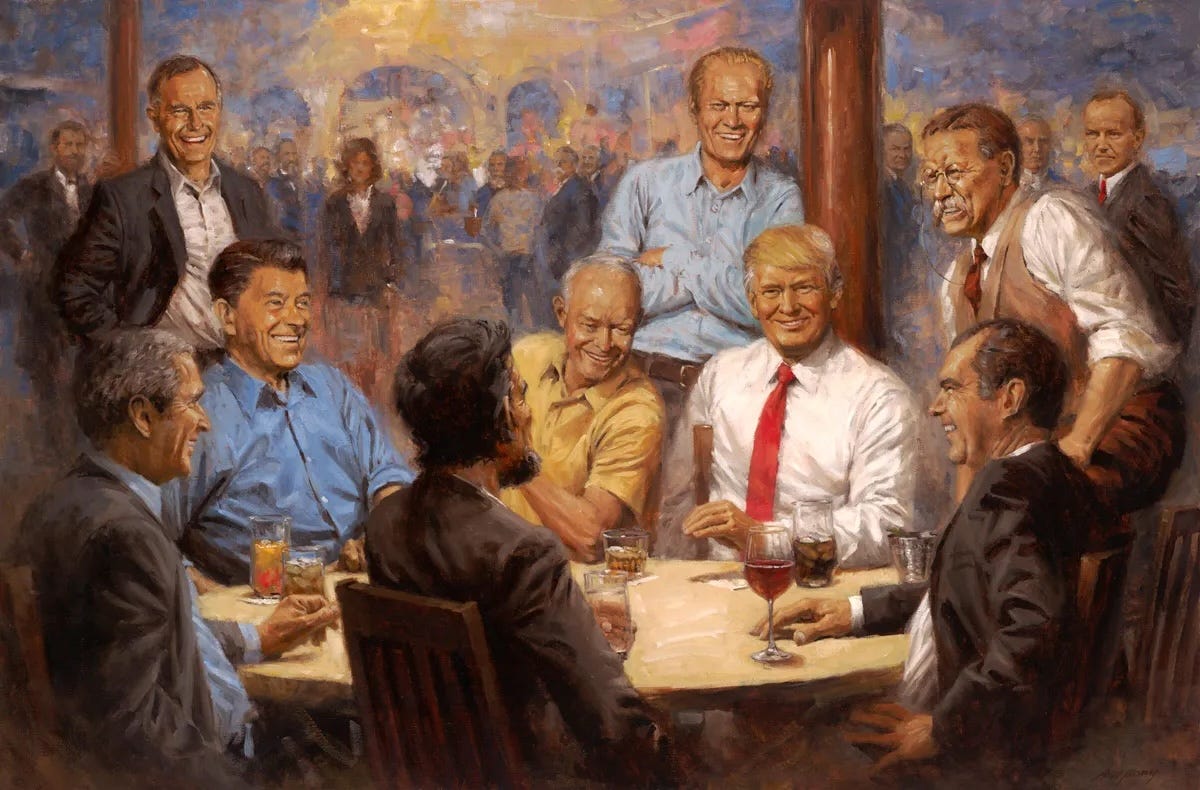
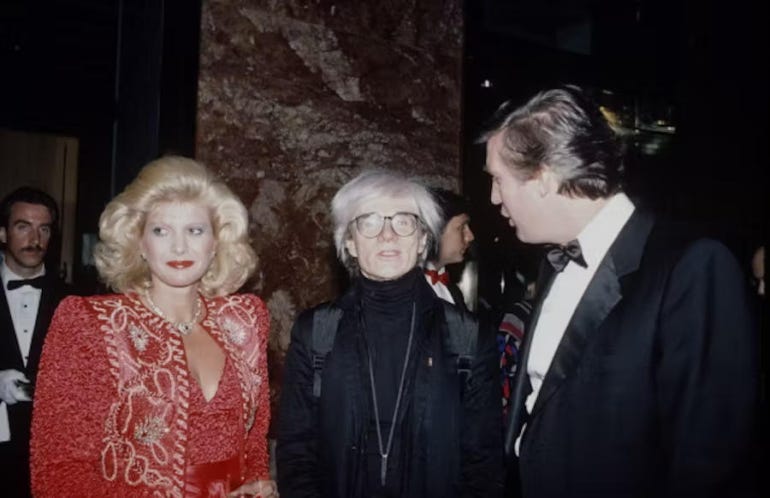
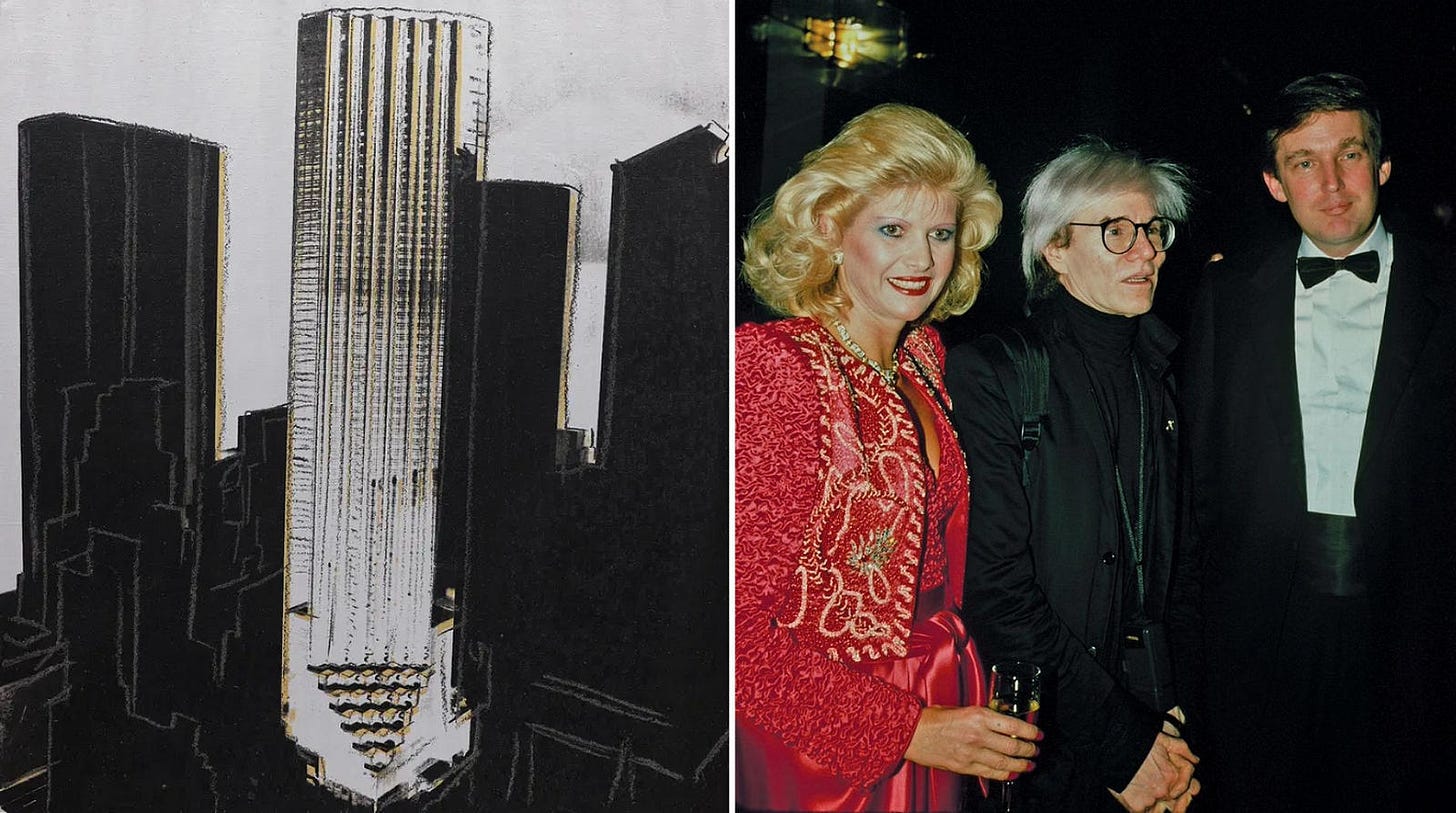
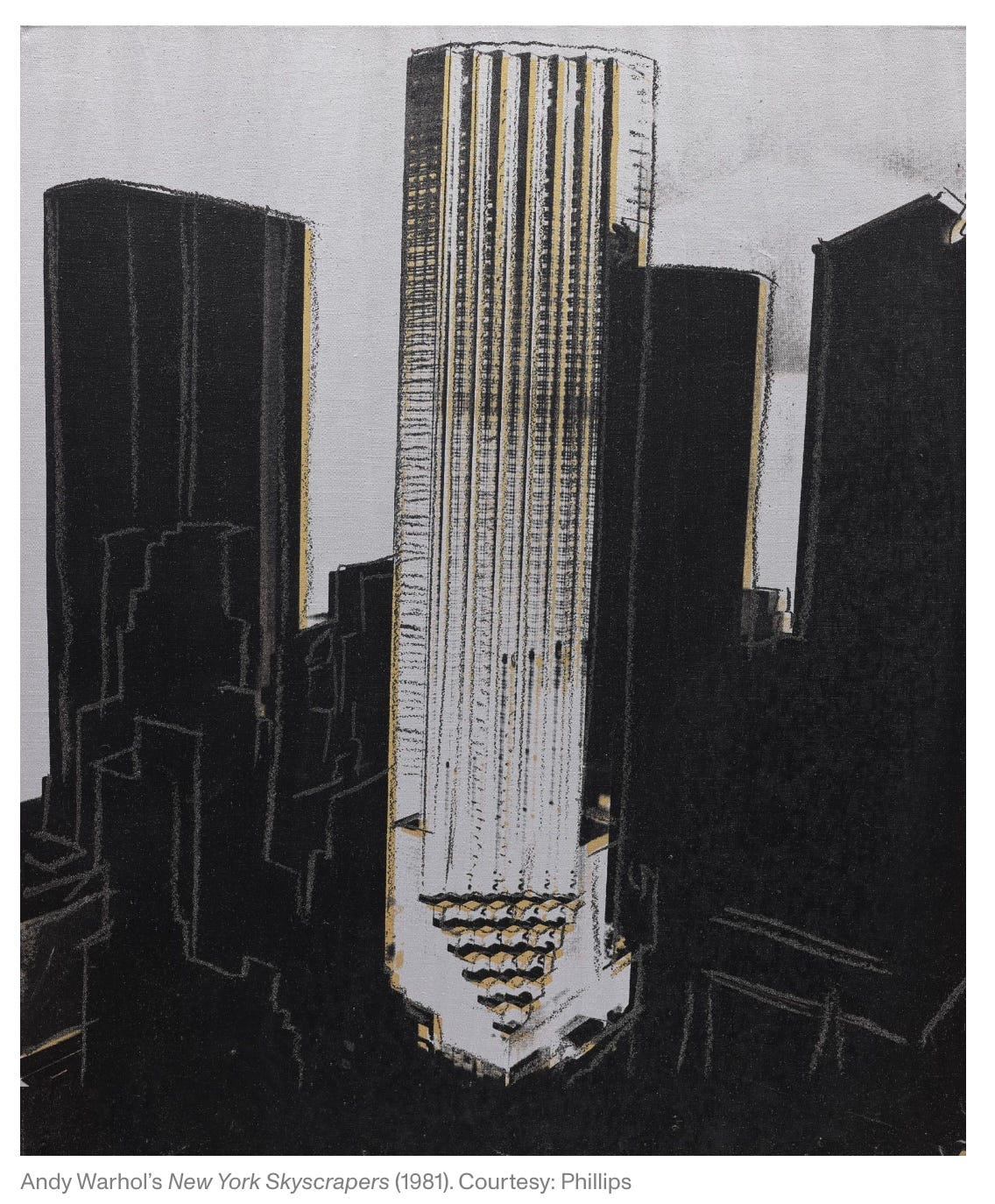
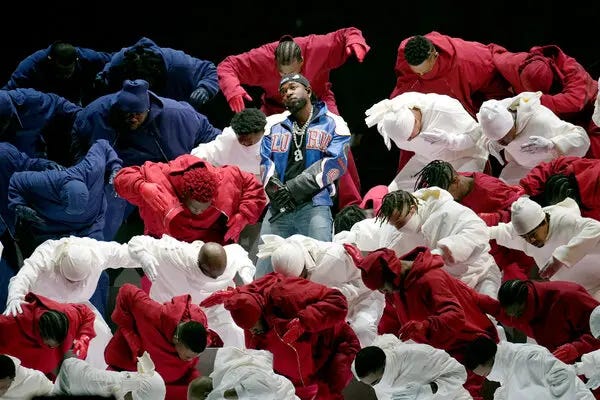
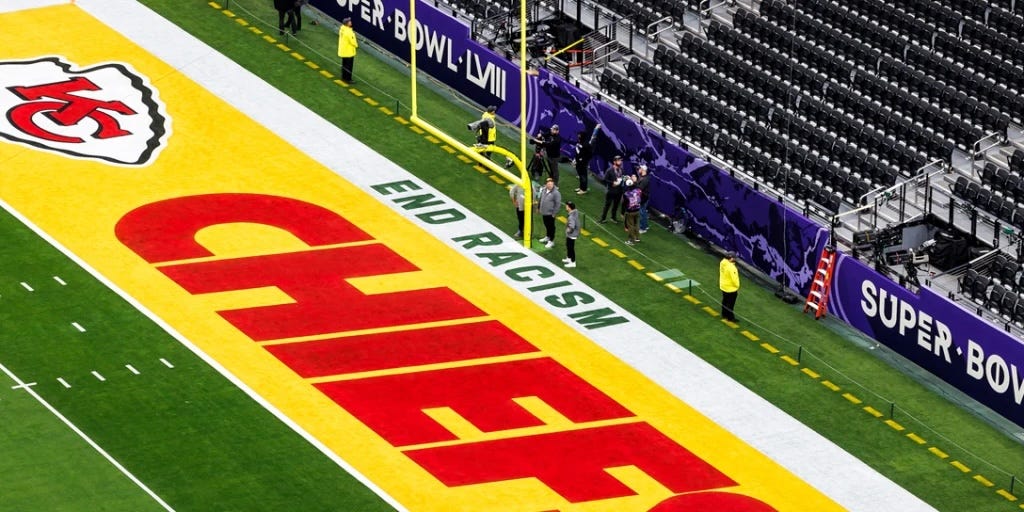
Kendrick Lamar's performance was one of the first times post Inauguration that I've seen a way forward with artistic expression. So energising, truthful, and brave.
Excellent piece. Please fix the error at the beginning - it is the John F. Kennedy Center for the Performing Arts, not Robert F..
I watched the entire Super Bowl, including the halftime show, with the sound down. Not a fan of hip hop or Lamar, so his performance was lost on me. I am a big fan of music. I commented there are lots of places for people to go to see great dance performances. Anyway, I appreciate your summary of the performance.
Finally, right after Trump's first win in 2016, a childhood friend, an archeologist by training, said to me and on FB - "Artists are hard at work as we speak" and that was true then and I certainly hope so now.
This MAGAt interregnum at the Kennedy center and in the culture will not last. We must endure it until "like the snows of yesteryear, (they are) gone from this earth."